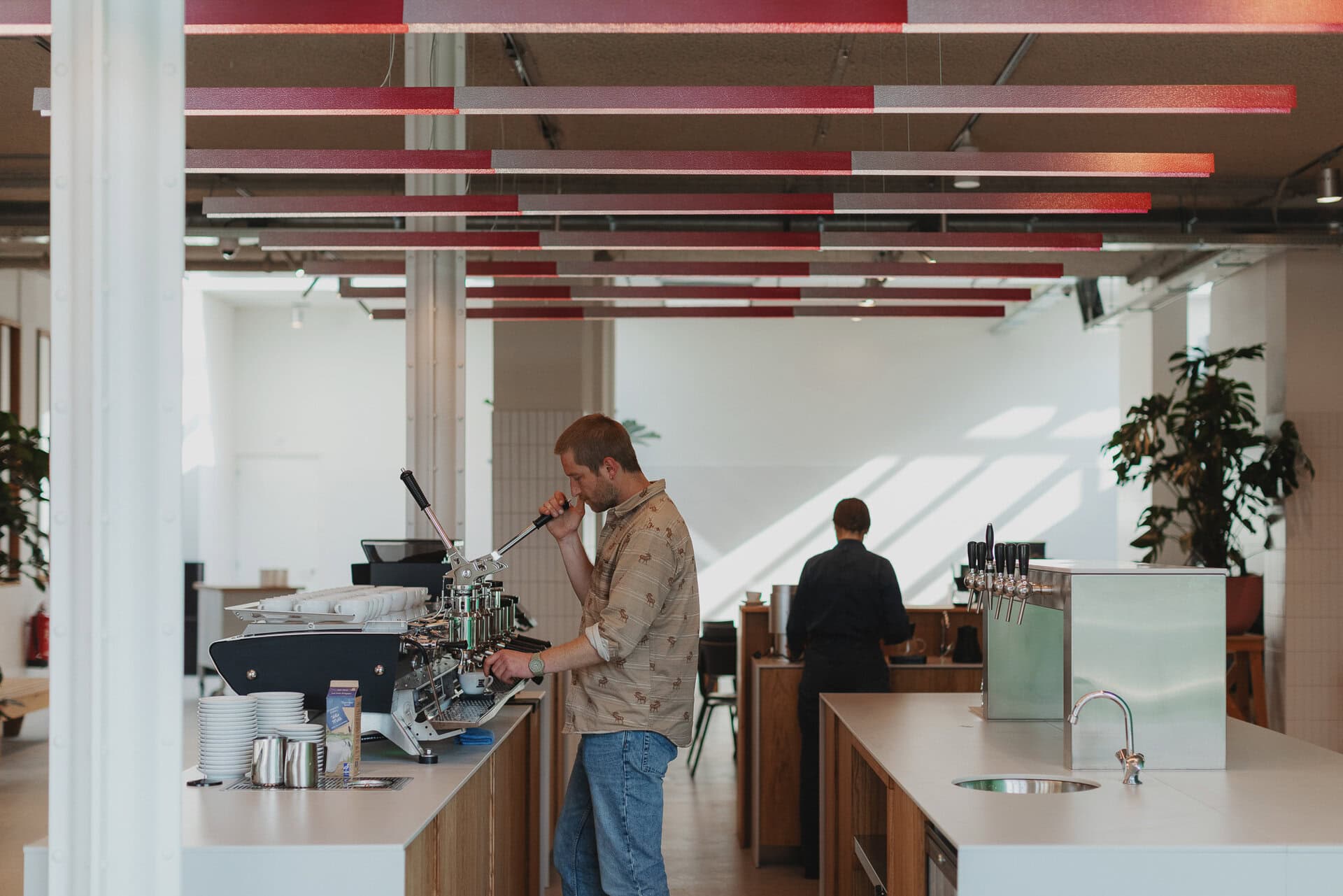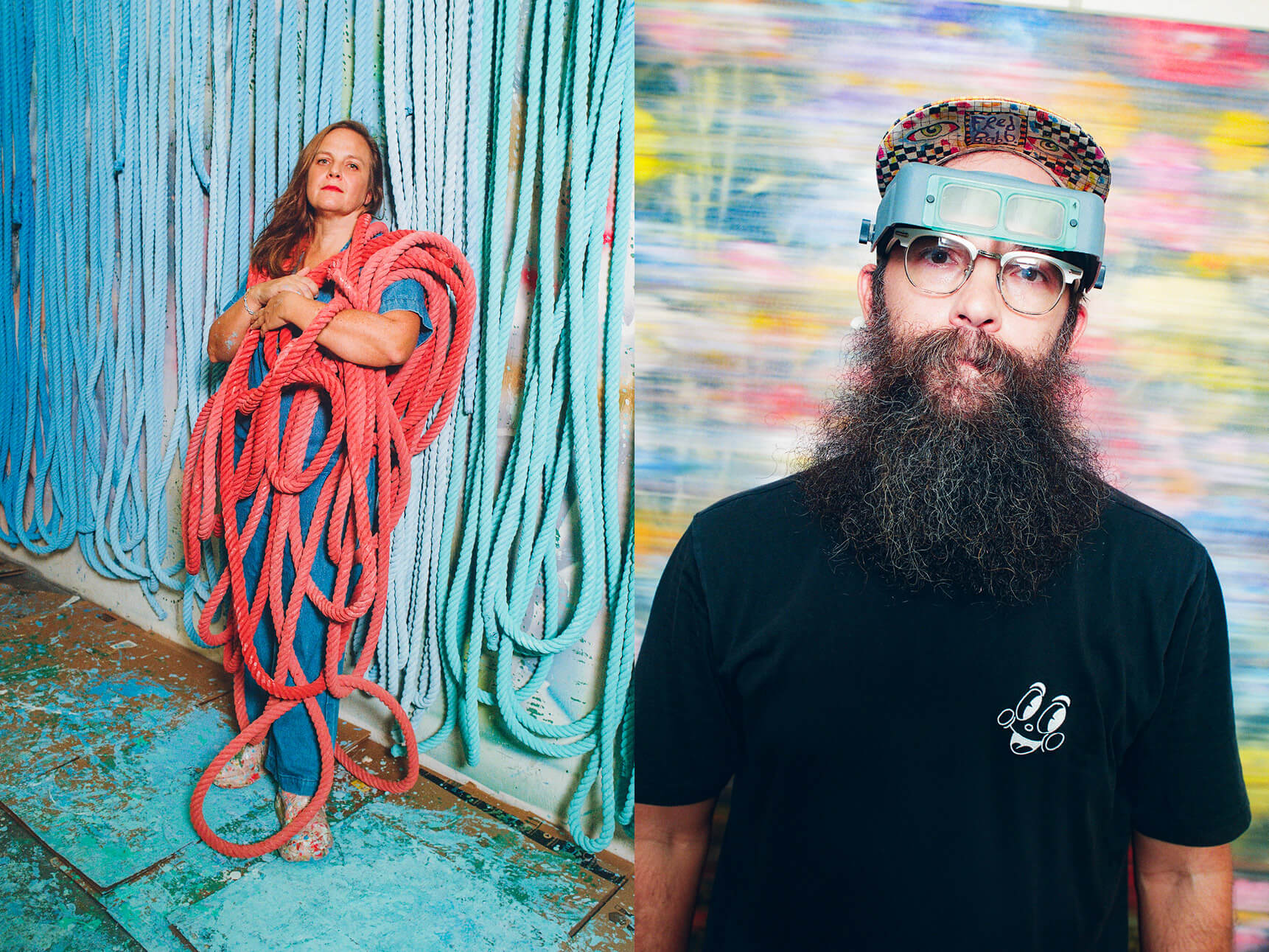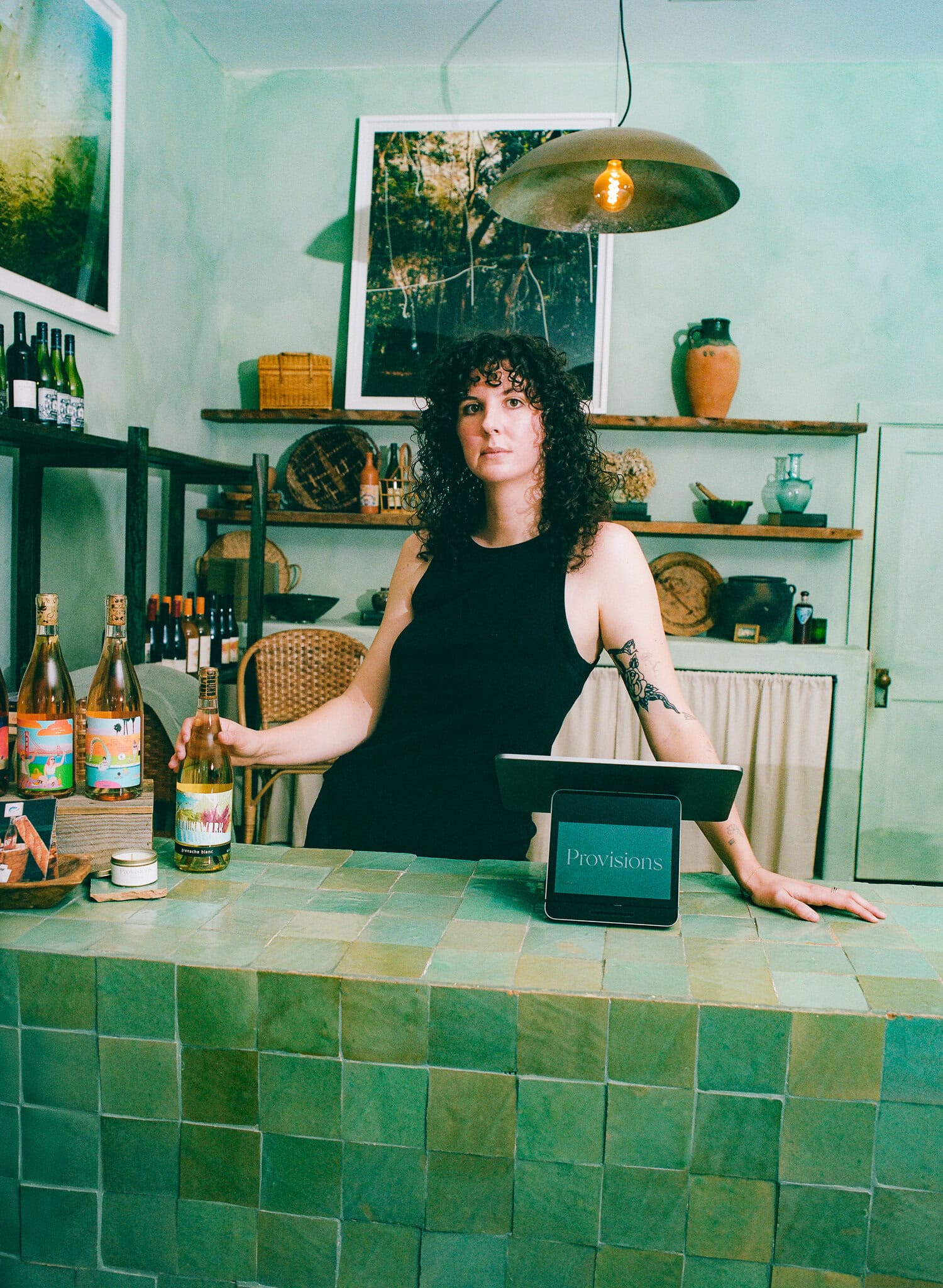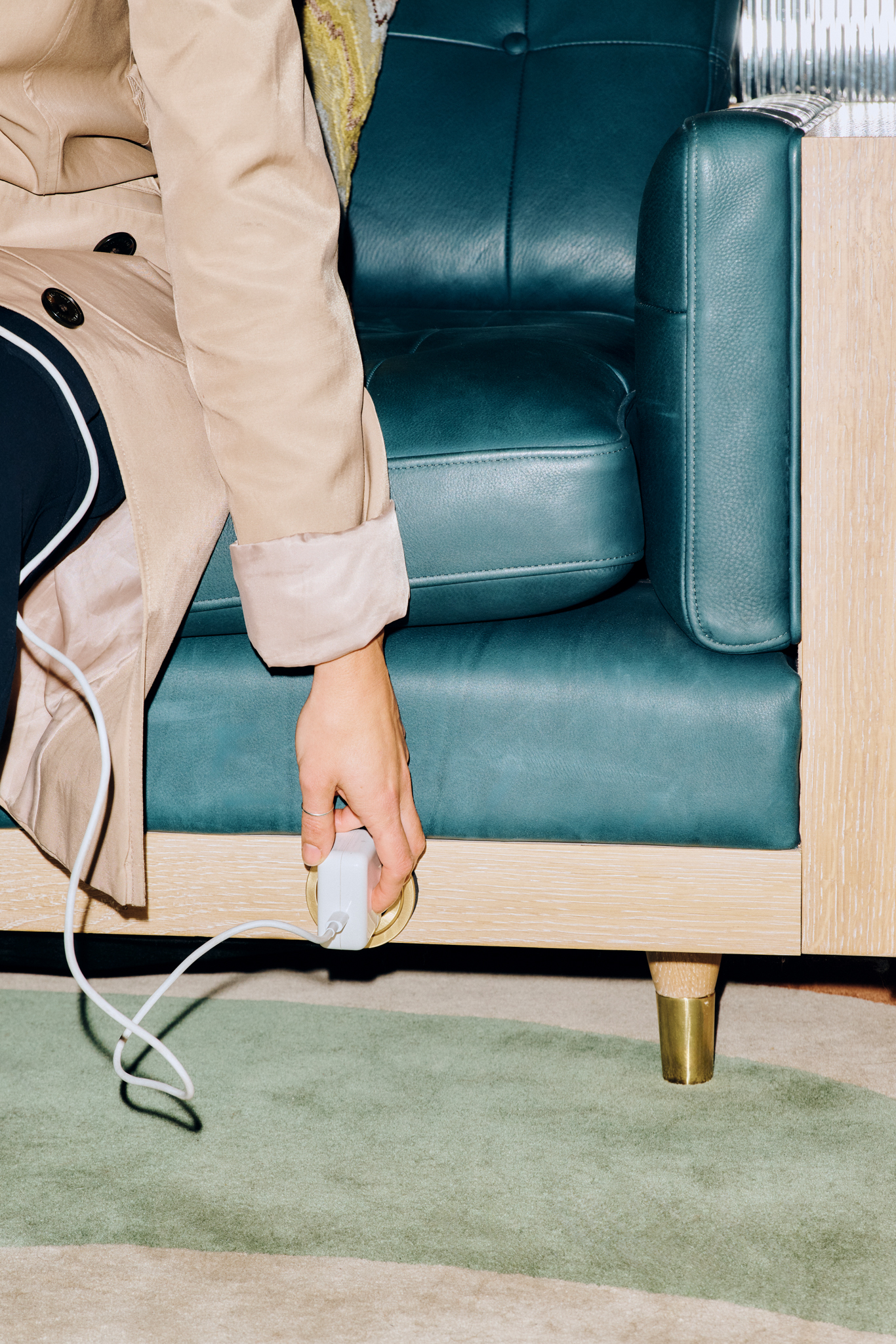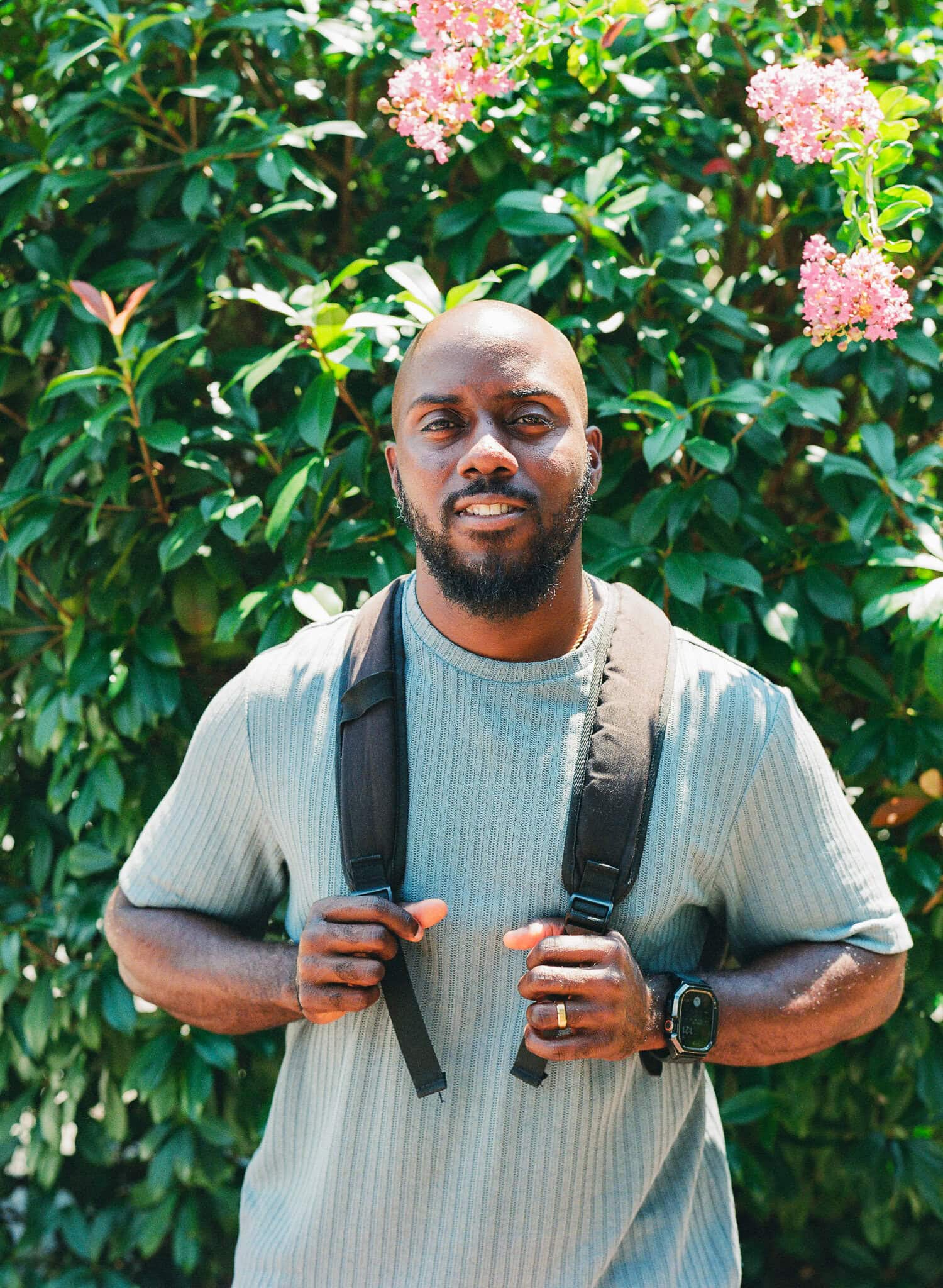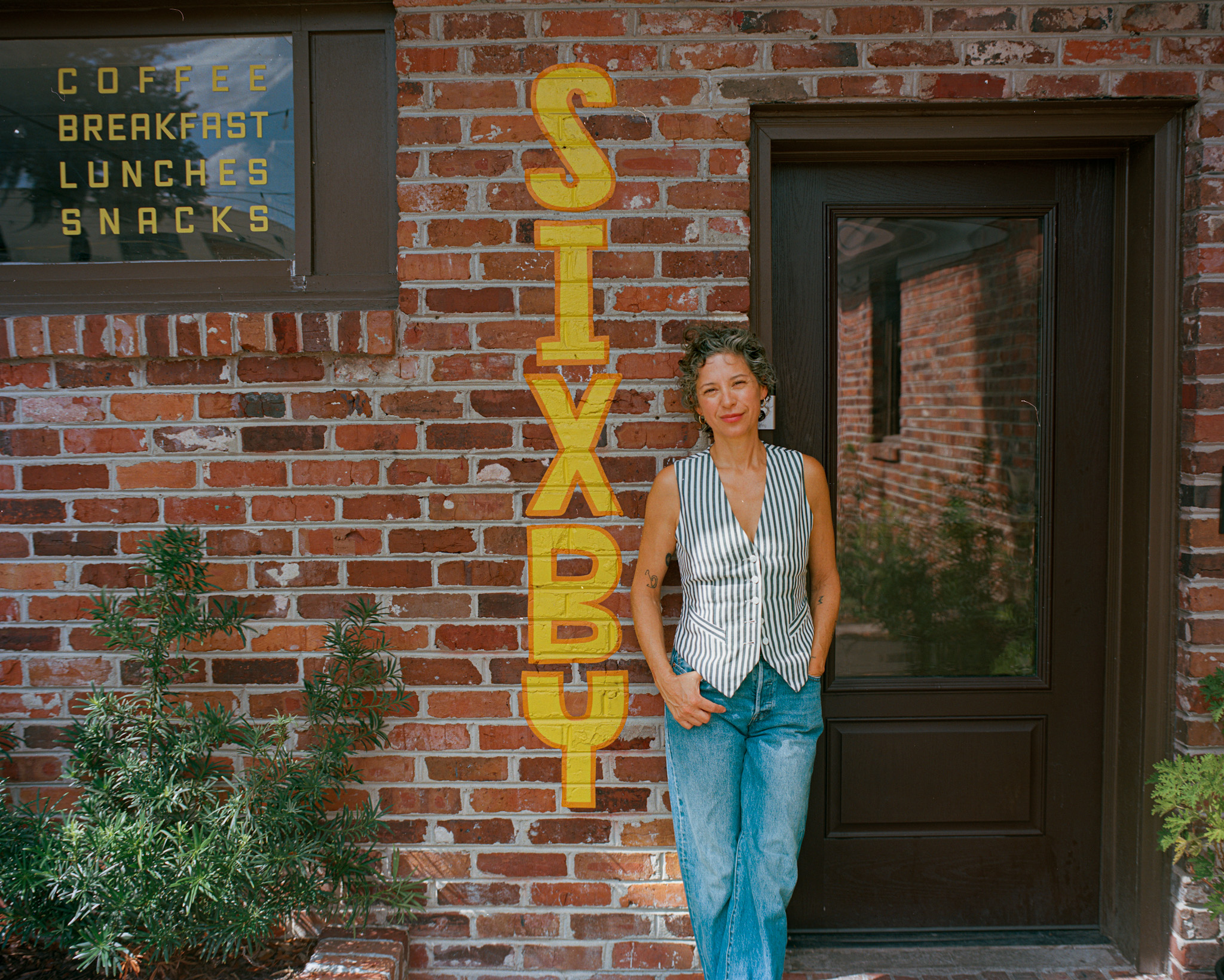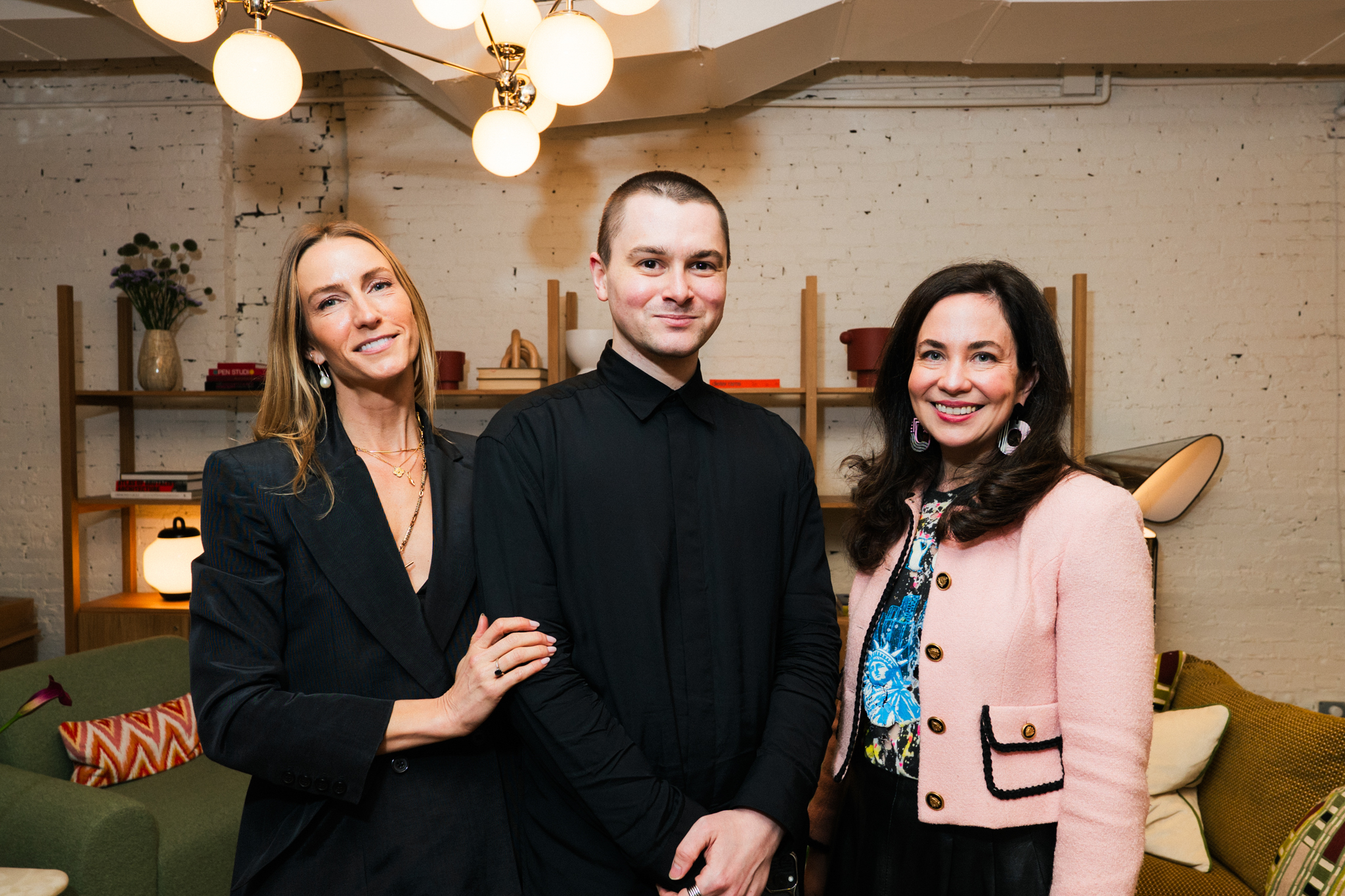
Downpour has never discouraged any art world fixture from an ambitious art fair schedule. This was once again proven at The Malin West Village in the aptly-titled panel What's Working in the Business of Art?
The event’s titular question which was on everyone’s minds during the art fair-packed week was dissected by moderator and Galerie magazine’s deputy design editor Ryan Waddoups, Sargent’s Daughters gallery owner Allegra LaViola, and Lara A. Björk, who is the principal advisor at Von Rudebeck Art Advisory. While the rain outside had no impact on the full house, the art market’s ongoing rainy days was the anchoring topic.
Waddoups started with Art Basel and UBS Global Art Market Report’s recent breakdown, showing a 12% decline in the international art market. The alarming figure, as the moderator noted, is particularly evident in the pyramid’s top end, which features artworks at over $1 million. Both LaViola and Björk agreed on the importance of investing in the human element. The dealer reminded everyone that the galleries are free sources of thoughtfully-organized exhibitions with staff that are mostly available for your questions. She quipped about her gallery’s recent show with Erin O’Keefe whose lush photographs of mysterious abstractions resembled abstract paintings so much that a few visitors refused to believe in the lens-based artist’s medium. For the advisor, the emphasis was on expanding the collector profile and welcoming newcomers with smaller budgets but no less passion to live with art than any seasoned buyer.
LaViola reminisced about her Tribeca gallery’s early days in Chinatown and reaffirmed her commitment to gradual growth. While it is not uncommon for emerging painters to receive tremendous attention quickly today, the dealer expressed her belief in slow but thoughtful expansion. “I have a few artists who have artworks at around $100,000, but we also show plenty of works at a range between $2,500 and $5,000,” she added. Björk mentioned her online initiative NiceToLookAt which provides emerging collectors access for young talent. The membership platform hosts a pool of artworks under $10,000 through a professionally-organized system which informs buyers about each artist’s biography, press, and market status. “I grew up with an artist mother and I know it is not fun not to be able to buy art,” she said. The dealer considers the educational platform also as a bridge between emerging artists and dealers in search of fresh talent.
The conversation later veered towards the benefits of in-person engagement for market enhancement. As an advisor and an avid scouter of the next big artist, Björk expressed her support of studio visits. “I can have the time and space to really understand a practice and share the artist’s view,” she added. LaViola agreed while expressing the importance of determining what tasks are better suited for an email exchange, such as shipping, and when in-person conversation is crucial.
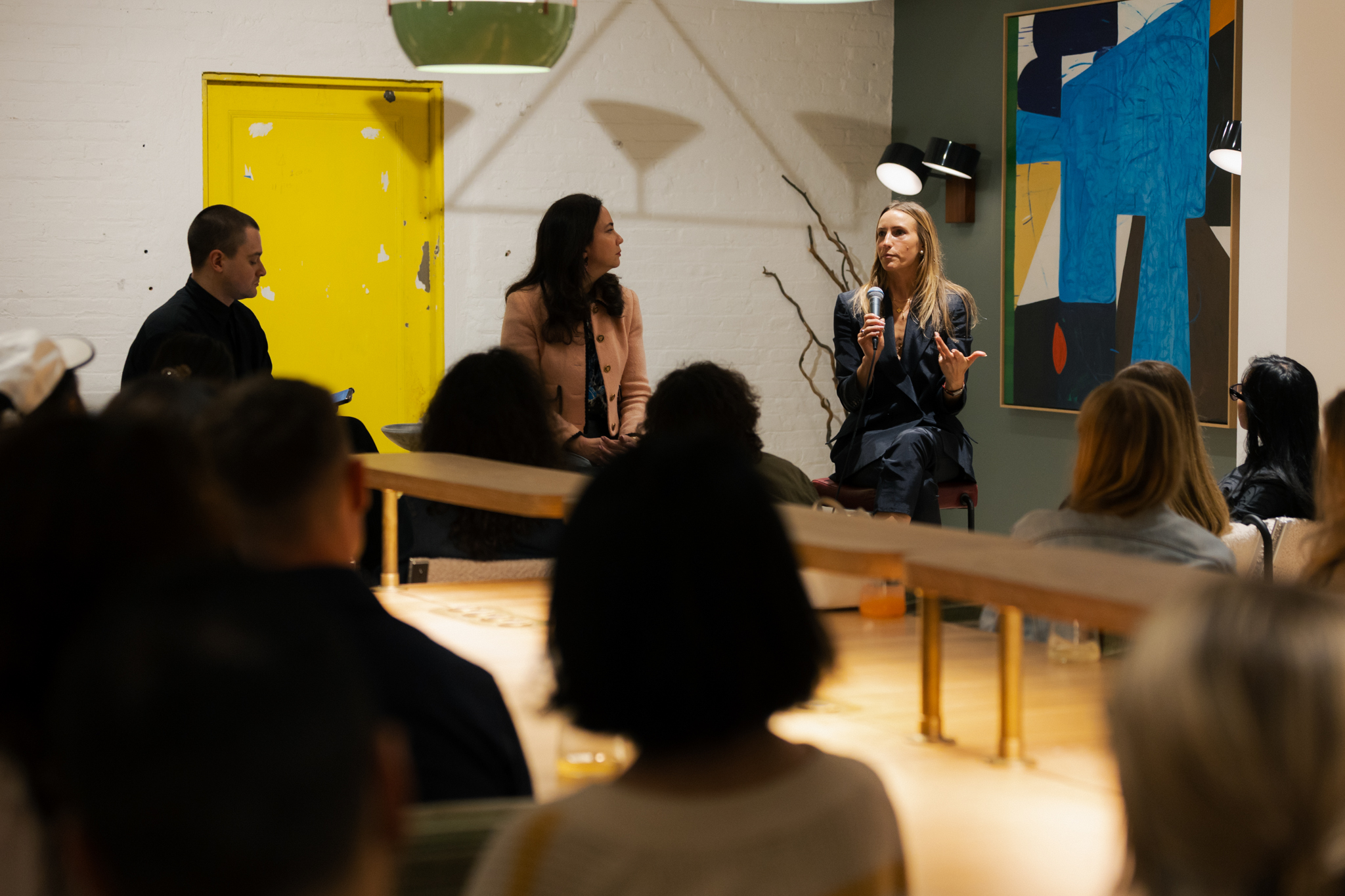
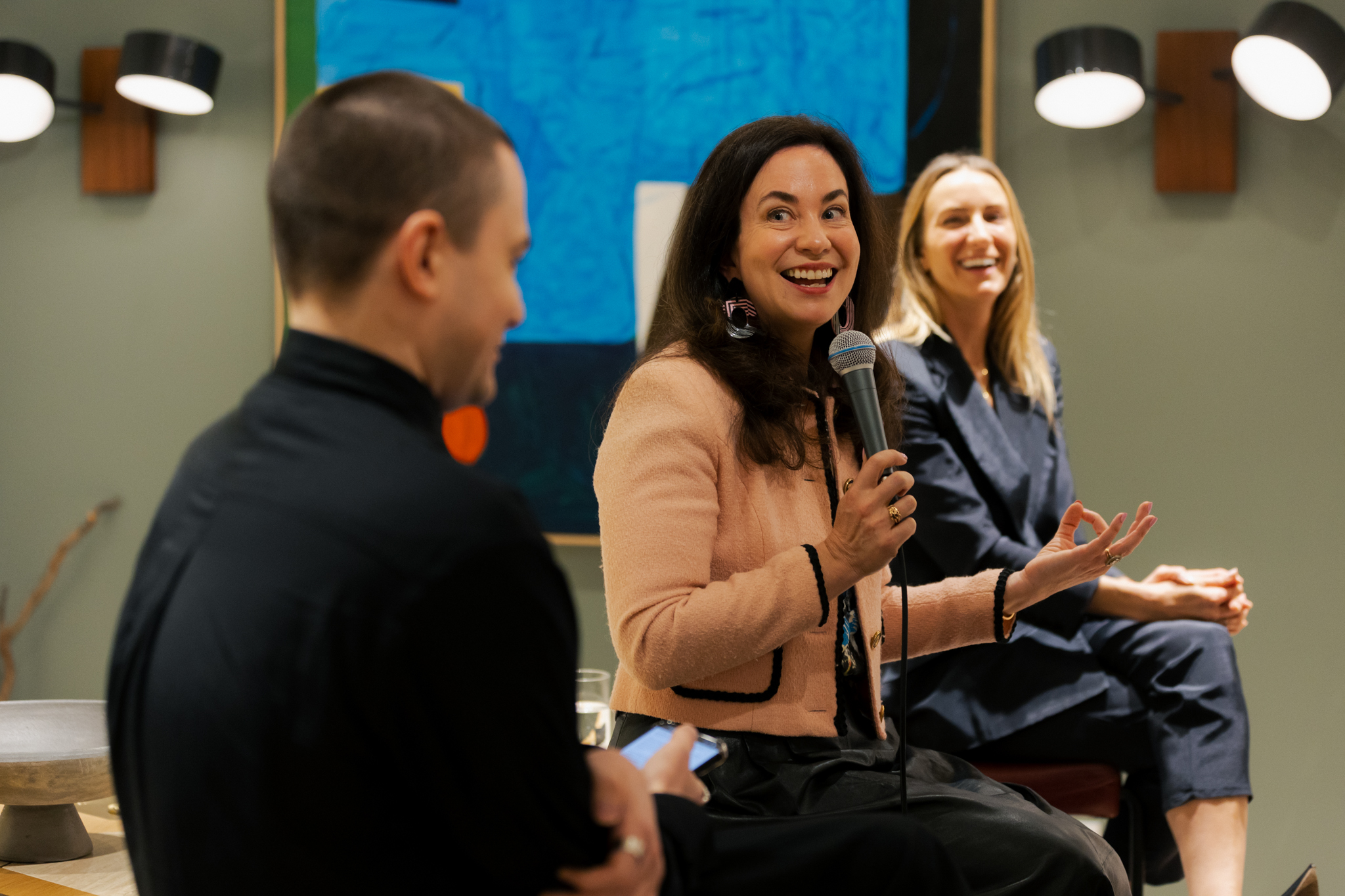
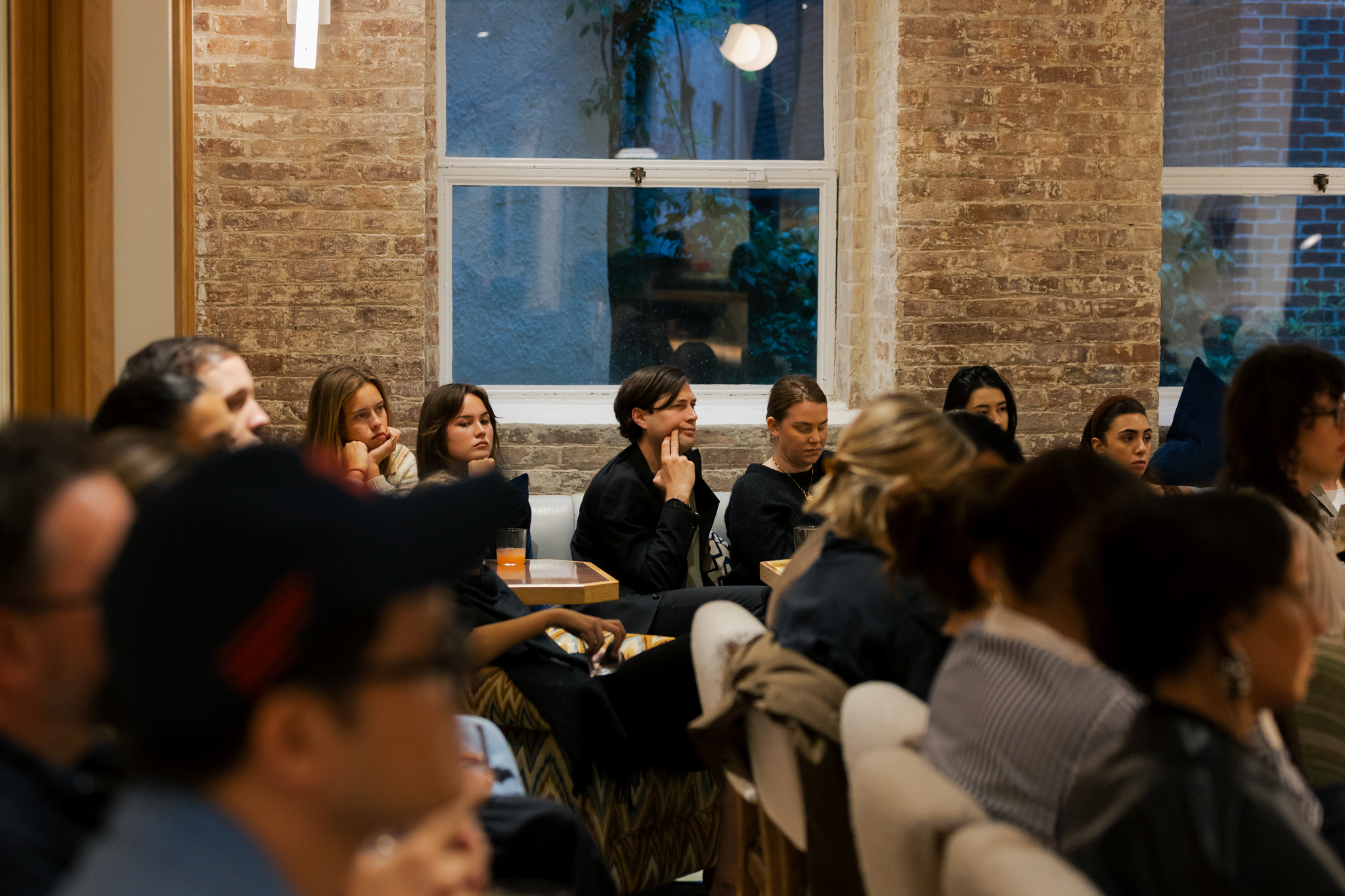
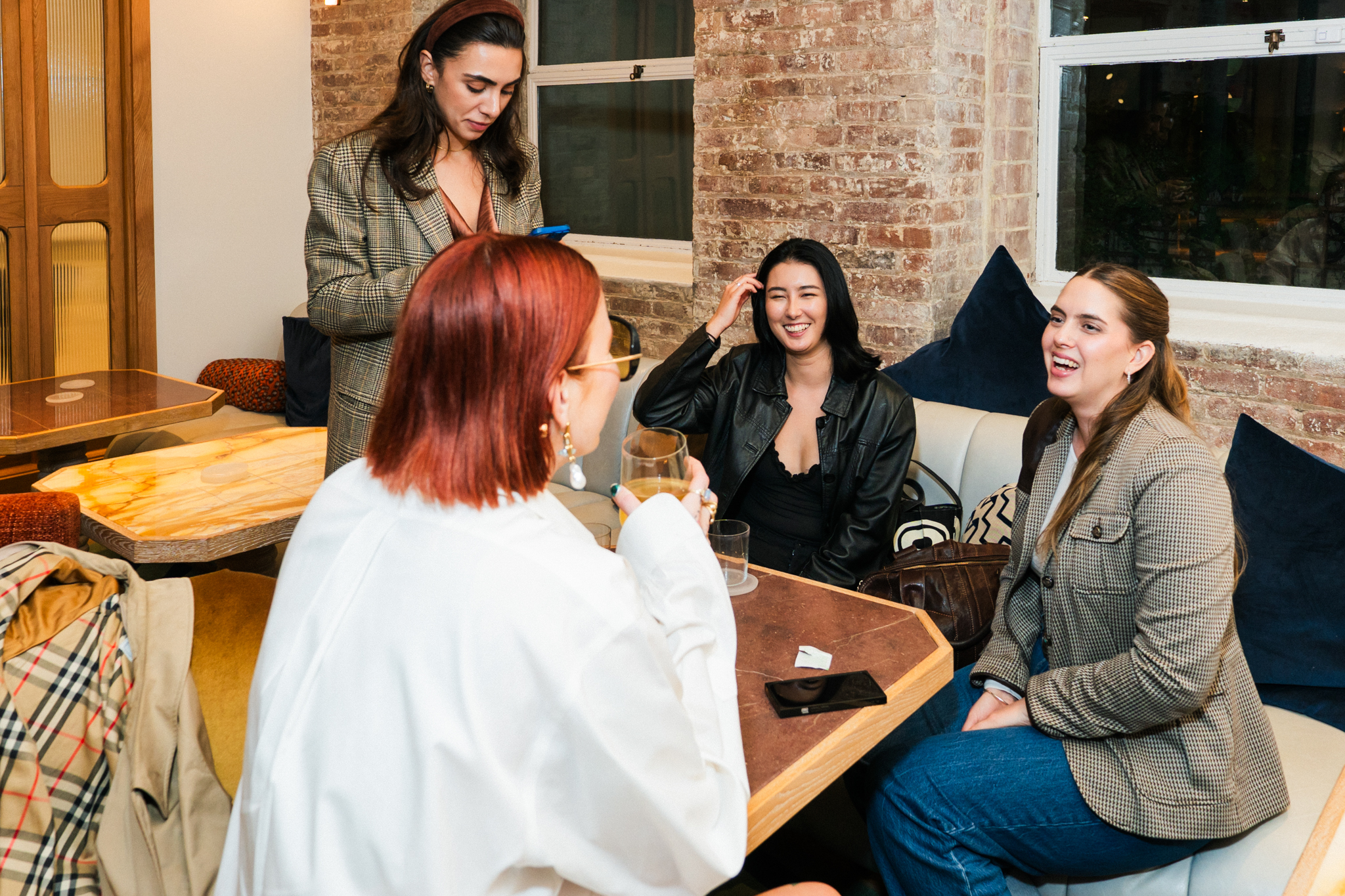

Both speakers agreed on the market democratization which calls for broadening the geographical limits of where art is created, viewed, and sold. Björk, who travels internationally between art fairs, expressed her emphasis on smaller regional fairs in Chicago or Dallas. LaViola’s response was to support the “if-you-build-it-they-will-come” approach. “If an artist is taking an unexpected risk in their work and if a dealer is willing to exhibit them,” said, “the right collector is likely to show up, too.” She reminded the crowd that collectors do not always search for the routine which they see everywhere.
The sentiment was uplifted by an audience question about how galleries take visual risks to attract larger crowds. LaViola expressed that the visual codes always depend on the exhibiting artist’s vision whether she is putting together a gallery show or a fair booth. Björk also added the common trend of commercial venues presenting shows in unexpected environments, such as domestic settings or debunk storefronts. She remembered a case where a client was eager to acquire two paintings which were each 86 inches high. “I had to remind the collector that we were looking at them in a fair booth which is very different from a home,” Björk remembered. “I think it is important to break away from the sterile white cube model to show how art can look at a more relatable setting.”
The panel made clear that there’s no singular path forward for the art market—but strategies grounded in access, education, and context continue to resonate. Whether through smaller fairs, alternative venues, or more human modes of engagement, the future of the business may lie not in returning to form, but in broadening the frame.
